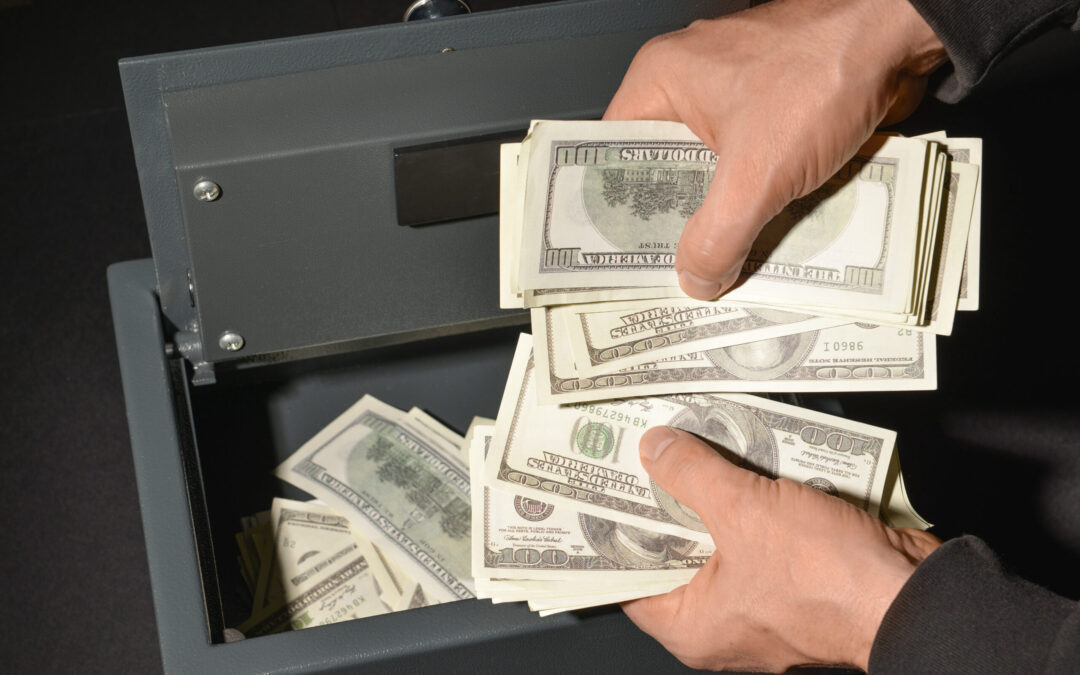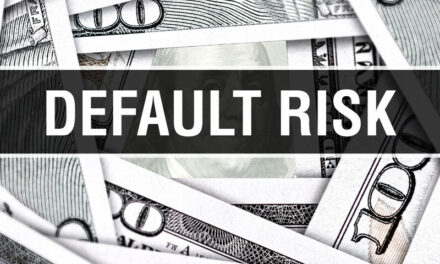Objects of Speculation
The Federal Reserve artificially suppressed interest rates from roughly 2008 to 2022. It did so by creating $8 trillion of credit out of thin air to buy Treasuries and mortgage-backed securities.
This pushed stock, bond and real estate markets well beyond what the underlying economy could support. Falsified interest rates also birthed wild objects of speculation.
Speculative manias always gain momentum through the expansion of credit. A look back at past manias tells a familiar story.
For example, the mania for tulips in Holland in 1636 and 1637 was intensified by personal credit. At the peak, sellers had no bulbs. Yet buyers, lacking cash, made down payments with personal possessions.
John Law’s Mississippi Bubble from 1718 to 1720 was puffed up by paper notes issued by his Banque Générale, later the Banque Royale. The mania for residential real estate from 2003 to 2007, was made possible by low interest rates and the expansion of credit through mortgage-backed securities.
Objects of speculation — from canals, to railroads, to IPOs, to electric vehicles — may change. But the mania follows a similar boom to bust trajectory. One perennial object of speculation, which produces some of the more entertaining episodes, is art.
In 2006, for instance, at a time when cheap credit was abundant, there was the “$40 million elbow” incident. That was the approximate cost incurred by casino magnate Steve Wynn when he inadvertently stuck his elbow through the canvas of Picasso’s “Le Rêve.” After the distinct ripping sound Wynn muttered: “I can’t believe I just did that.”
Inspiring Morons
In March 2021, about nine months after interest rates hit a 5,000-year low, cheap credit delivered something called digital NFT art. The NFT, pronounced “nifty,” stands for non-fungible token. If you recall, for a brief moment, NFTs were all the rage.
There was the “WarNymph” NFT collection by Grimes, of Elon Musk fame, which sold for $5.8 million. And some guy named Beeple sold a digital collage NFT called “Everydays — The First 5000 Days” for $69 million.
A group of crypto evangelists even streamed the burning of a print of Banksy’s “Morons.” Then they created a NFT, called “Burnt Banksy”, to represent the artwork — the recorded burning — on the Ethereum-based OpenSea marketplace. The individual who delivered the flame explained why he did what he did:
The reason behind this is because if we had the NFT and the physical piece, the value would be primarily in the physical piece. By removing the physical piece from existence and only having the NFT, it makes sure the NFT due to the smart contract on the blockchain will ensure that no one can alter the piece, and it is the true piece that exists in the world.
By doing this the value of the physical piece will be moved onto the NFT and being the only way you can have this piece anymore. The goal here is to inspire, we want to inspire technology enthusiasts and we want to inspire artists. We want to explore a new medium of artistic expression.
Somehow, some moron was inspired by this act of destruction. “Burnt Banksy” was sold via a digital token representing the work for $380,000.
Negative Interest Rates
One benefit of rising interest rates is that it forces the mob to come down from cloud cuckoo land. The absence of cheap credit reduces the potential for quick, speculative payoffs. Moreover, former objects of speculation are revealed to be of no real value.
In fact, when it comes to NFTs, the vast majority are now worthless. This was the recent finding of dappGambl, which used data provided by NFT Scan to assess the health of the NFT market. The results, in dappGambl’s words, were shocking to say the least:
Of the 73,257 NFT collections we identified, an eye-watering 69,795 of them have a market cap of 0 Ether (ETH).
This statistic effectively means that 95% of people holding NFT collections are currently holding onto worthless investments. Having looked into those figures, we would estimate that 95% to include over 23 million people whose investments are now worthless.
Anyone having a small inkling of skepticism knew NFTs were a scam. How could you not?
But what about negative real interest rates — where the inflation rate is greater than the nominal interest rate?
Typically, investors demand yields on bonds that offer an adequate risk premium and also cover inflation. The Fed, through its bond purchases, took that relationship and stood it on its head.
Consider the 10-Year Treasury Inflation Protected Security (TIPS) as a proxy for real — inflation adjusted — interest rates. According to the Federal Reserve Bank of St. Louis, the real interest rate of the 10-Year Treasury was negative from roughly January 2020 to April 2022. Credit was beyond free — a complete scam.
Death to Savers
By June 2022, consumer prices, as measured by the consumer price index, were inflating at an annual rate of 9.1% — a 40 year high. The scam of negative real interest rates was revealed in the form of higher costs for goods and services.
Since March 2022, the Fed has hiked the federal funds rate 5.25% in an effort to contain the consumer price inflation of its making. The yield on the 10-Year Treasury note, which serves as a benchmark for mortgage rates and other consumer borrowing costs, has also increased.
As of market close on Thursday [October 26], the yield on the 10-Year Treasury note was 4.84%. Earlier in the week, the yield topped 5% — a 16-year high.
At the same time, consumer price inflation, while down from its 40 year high, is still well above the Fed’s 2% target. The latest CPI reading shows consumer prices are inflating at an annual rate of 3.7% in September.
By this, a 10-year Treasury yield of 4.84% implies that credit markets are still accommodative. Specifically, the real interest rate, as demonstrated by the 10-Year TIPS, was just 2.44%.
With the U.S. Treasury’s mega issuance of government bonds over the next year, further yield increases will be needed to attract buyers. Could this be the moment savers have been waiting for?
By all honest accounts, the 21st century has been dreadful for savers. For much of this time, savers have received a fraction of a percent interest on savings deposits. And, for over a decade, certificates of deposit (CDs) were paying less than 1 percent.
Nonetheless, the tide is finally reversing. A new golden age for savers should be coming.
In August of 1984, for example, 1-year CDs paid over 11% and the yield on the 10-Year Treasury was over 12%.
Certainly, there’s a long way to go for savers to get those double-digit yields. Yet given America’s debt market fundamentals we should get there once again.
But, alas, we won’t. The difference between “should” and “will” is insurmountable.
Quite frankly, with $33.5 trillion in debt, and $2 to $3 trillion annual deficits over the next decade, the U.S. government cannot afford double digit interest rates.
The Fed will be compelled to reenter the bond buying business long before the 10-Year Treasury yield hits 12%.
In doing so, the Fed will turn the dollar into bird cage liner and will destroy savers once again. Additionally, it will provoke the mob into new objects of speculation like moths to a flame.
[Editor’s note: Today, more than ever, unconventional investing ideas are needed. Discover how to protect your wealth and financial privacy, using the Financial First Aid Kit.]




